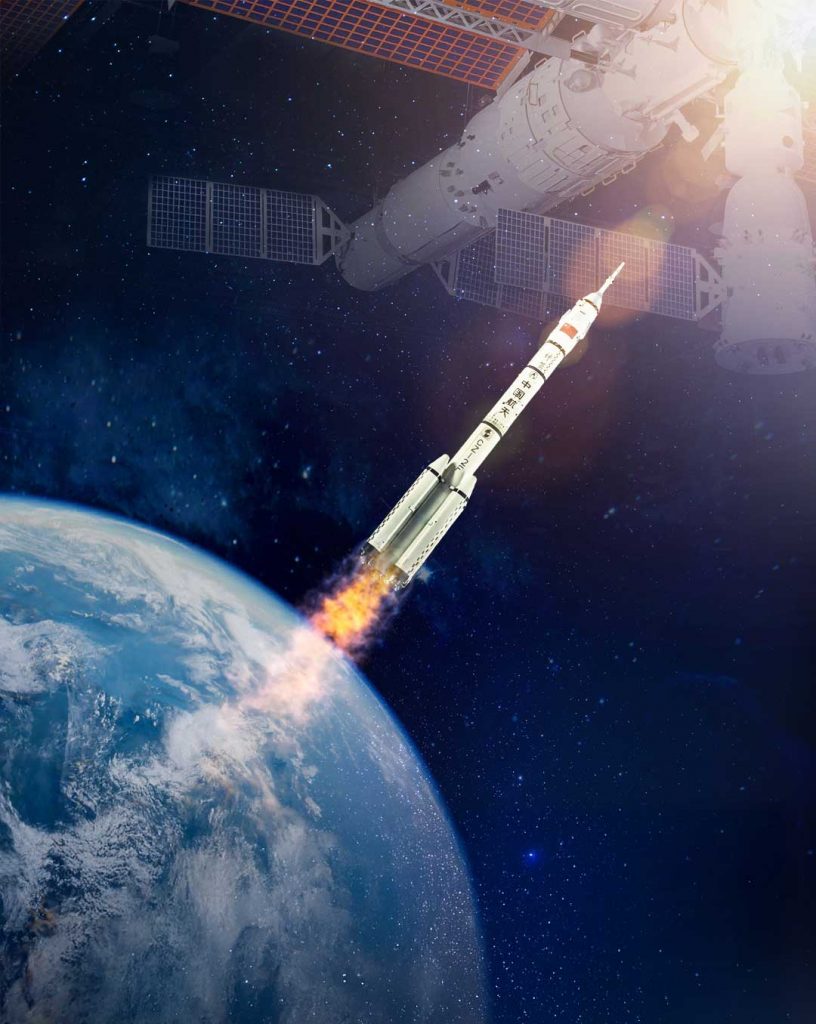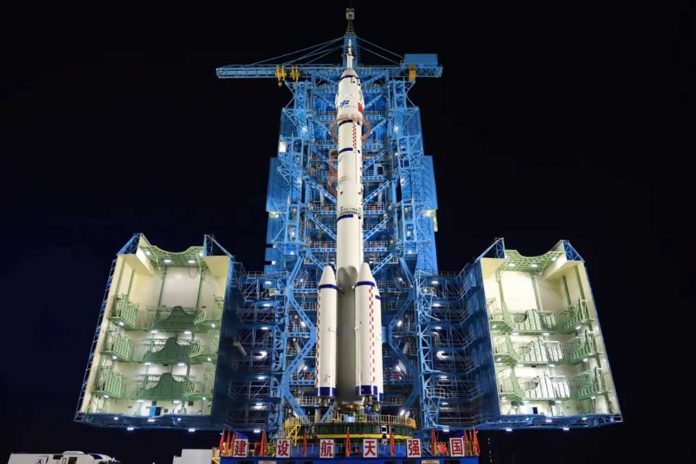China is set to launch its next crewed spaceflight, Shenzhou-20, on April 24, 2025, at 17:17 Beijing time, from the Jiuquan Satellite Launch Center in the northwest of the country. This marks the 15th crewed space mission in China’s history and the 20th flight in the Shenzhou program.
What’s the Mission?
Three astronauts, names yet to be revealed, will head to the Tiangong space station for a six-month stay. They’ll replace the Shenzhou-19 crew and carry out a new round of scientific experiments and technology tests onboard the station’s Tianhe core module. This is part of China’s ongoing plan to maintain a continuous human presence in low Earth orbit.
Beyond routine crew rotation, the Shenzhou-20 crew’s work feeds into long-term goals like sending astronauts to the Moon before 2030 and eventually establishing a lunar base. It’s all part of what Chinese officials call their “space dream”, a strategic national effort that’s seen rapid progress in recent years, including lunar and Mars missions.
Launch Vehicle and Timing

The spacecraft will ride a Long March 2F rocket, which was rolled out to the launch pad on April 16 for final pre-flight checks. The launch date is no coincidence, the date was chosen to commemorate the launch of China’s first satellite, Dongfanghong-1, which was sent into space on April 24, 1970.
The Chinese government officially designated April 24 as Space Day in 2016 to honour this milestone and promote public interest in space exploration Astronaut Status
Once in orbit, the crew will dock with the Tianhe module and officially relieve the current station team. The spacecraft, built by the China Aerospace Science and Technology Corporation, is designed specifically for these long-duration, low Earth orbit missions.
At a Glance
| Feature | Details |
| Launch Date/Time | April 24, 2025, 17:17 (Beijing time) |
| Launch Site | Jiuquan Satellite Launch Center, NW China |
| Rocket | Long March 2F |
| Crew Size | 3 (identities TBD) |
| Destination | Tiangong space station (Tianhe module) |
| Mission Duration | ~6 months (180 days) |
| Mission Goals | Crew rotation, science experiments, tech demos |
| Long-term Goal | Crewed Moon landing by 2030 |
A Platform for What’s Next
Tiangong, meaning “Heavenly Palace”, is built for long-term use, with rotating crews expected to operate it for at least 10 years. Missions like Shenzhou-20 help refine China’s spaceflight capabilities, laying critical groundwork for future missions beyond Earth orbit.
Related article: China Sets World’s Toughest EV Battery Safety Standard “No Fire, No Explosion” Rule Comes into Force 2026









